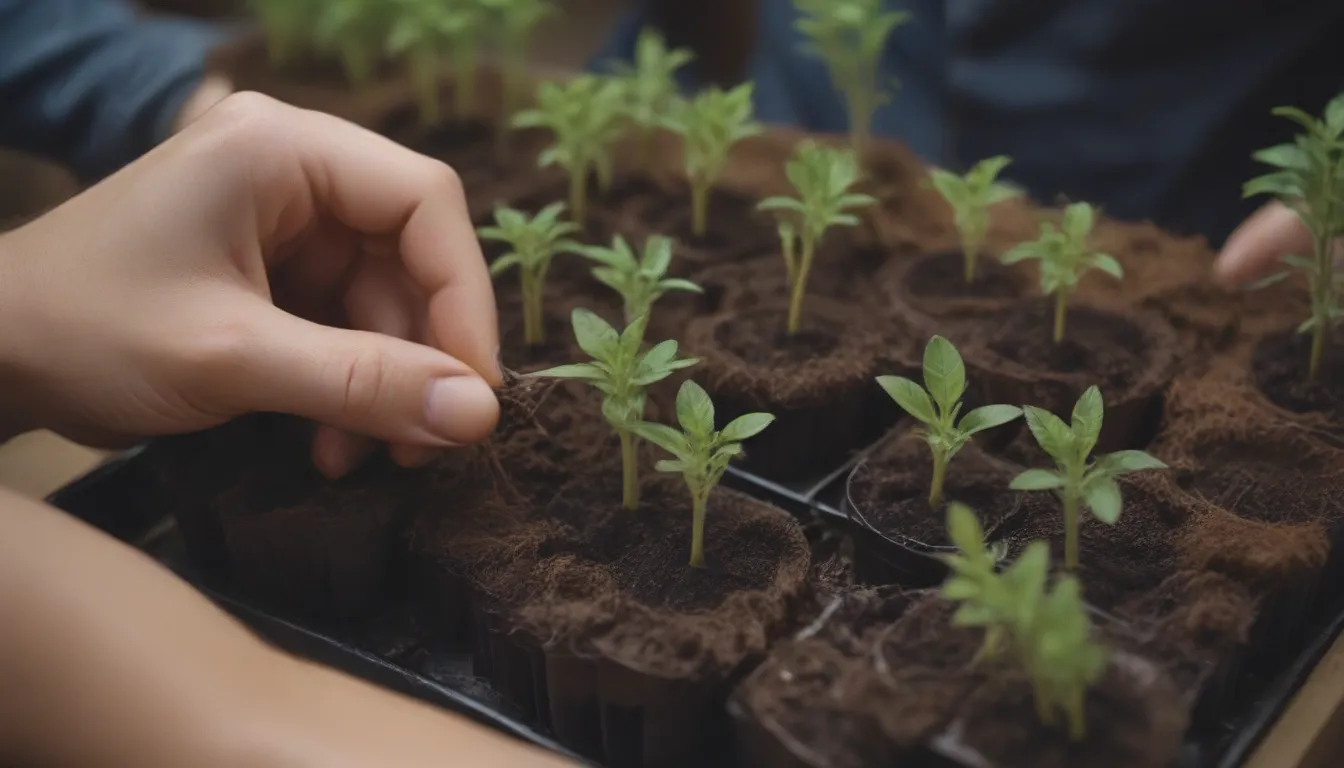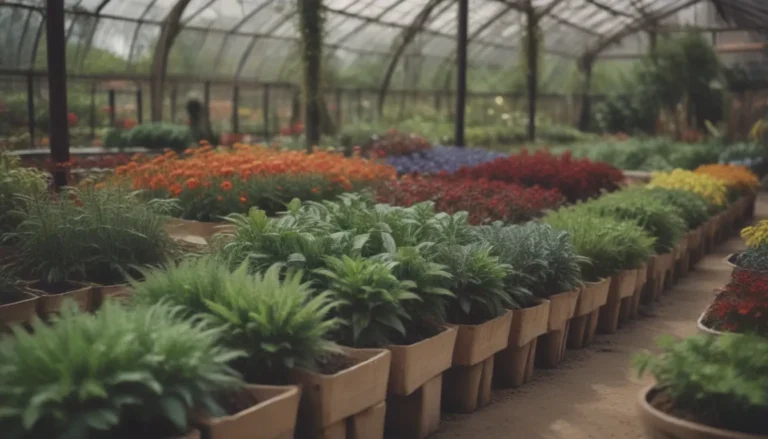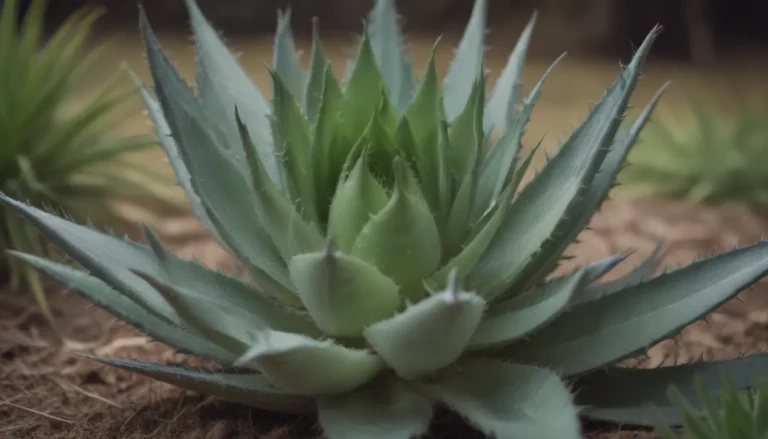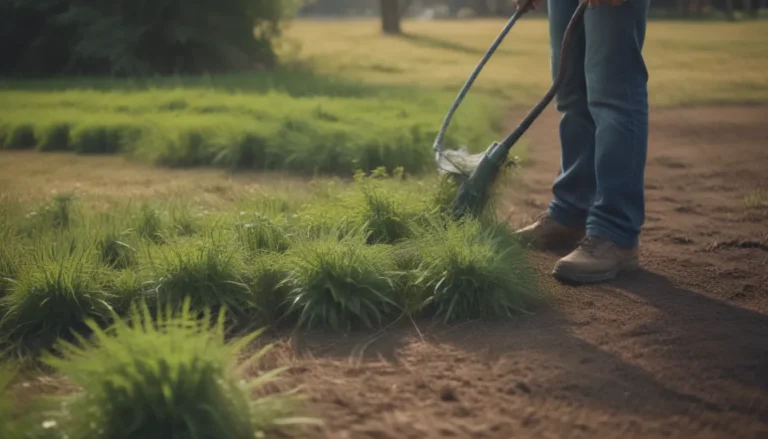A Step-by-Step Guide on How and When to Transplant Seedlings for Optimal Growth

Are you ready to take your gardening skills to the next level and start growing your own seedlings indoors? Whether you’re planting vegetables, annuals, or perennial ornamentals, starting seedlings indoors offers a host of benefits. You’ll get a jumpstart on the growing season, have better control over temperature and moisture, and keep pesky critters at bay. But, the real challenge comes when it’s time to transition your seedlings from the cozy indoors to the great outdoors.
Don’t worry – I’ve got you covered! In this comprehensive guide, I’ll walk you through the process of successfully transplanting your seedlings for maximum success. From hardening off your seedlings to prepping the soil and providing the necessary care post-transplant, we’ll cover it all. Let’s dive in and get those green thumbs working!
Harden Off Your Seedlings
No matter how robust and vibrant your seedlings look indoors, they need to be prepared for the harsh conditions of the outdoor world. Before transplanting, it’s crucial to harden off your seedlings. This process involves gradually exposing them to cooler temperatures, outdoor light, and natural elements. Here’s a simple step-by-step guide on how to harden off your plants:
- Start 7 to 14 days before transplanting.
- Begin by placing the seedlings outdoors for a few hours each day, gradually increasing the time.
- Avoid exposing them to direct sunlight or extreme weather conditions initially.
- Consider using a cold frame for gradual acclimatization.
Time It Right
Timing is key when it comes to transplanting seedlings. Wait until your seedlings are strong and healthy before moving them outdoors. If they appear weak or leggy, give them a few more days to strengthen before transplanting. Choose a relatively cool and cloudy day for transplanting to minimize stress on the seedlings.
Prepare the Soil
Before transplanting your seedlings, ensure that the soil is suitable for their growth. Here are some tips for preparing the soil:
- Amend dense clay soil with organic matter to improve drainage.
- Avoid transplanting after heavy rain when the soil is soggy and compacted.
- Create planting holes that are twice as wide and deep as the seedling pots.
- Ensure the soil is loose and airy to allow the fragile root systems to establish themselves easily.
Planting Your Seedlings
The way you plant your seedlings can impact their growth and development. Here are some general guidelines for planting different types of seedlings:
- Tomato Seedlings: Plant them deep in the soil to encourage strong root development.
- Strawberries: Prefer a shallow planting hole with roots spread out.
- Bulb Seedlings: Plant at varying depths based on the type of bulb.
- Annuals and Perennials: Opt for a planting hole twice as wide and deep as the pot.
Remember to water the seedlings well before transplanting to ensure they have enough moisture to endure the transition. Handle the seedlings with care and avoid damaging the roots during the planting process.
Provide Additional Protection
Even with careful preparation, seedlings can still experience transplant shock. Consider providing additional protection to help them thrive:
- Use paper or plastic cups with the bottoms removed to shield seedlings from excessive sunlight.
- Insert wooden skewers for support and tie tall seedlings with cotton string to prevent breakage in the wind.
- For vine plants, place rocks around the base to keep them stable.
- Install floating row covers or wire cages to protect against pests and animals.
Watering Your Seedlings
Proper watering is crucial for the success of your transplanted seedlings. Here are some watering tips to keep in mind:
- Water gently immediately after transplanting to minimize shock.
- Use a watering can with a rose attachment or a hose with a gentle spray nozzle.
- Avoid washing away the soil or damaging the seedlings.
- Water at soil level to direct moisture to the roots and prevent leaf and stem damage.
- Consider using drip irrigation for efficient watering, especially for container plants.
By following these steps and providing the necessary care, you can ensure that your seedlings have the best chance of thriving in their new outdoor environment. Remember, patience and attention to detail are key when it comes to successful transplanting. Happy gardening!
Don’t forget: Every plant is unique, so be sure to research specific care instructions for the plants you’re transplanting to ensure their success.
Now that you have the tools and knowledge to successfully transplant your seedlings, it’s time to put your gardening skills to the test. Happy planting! 🌱





